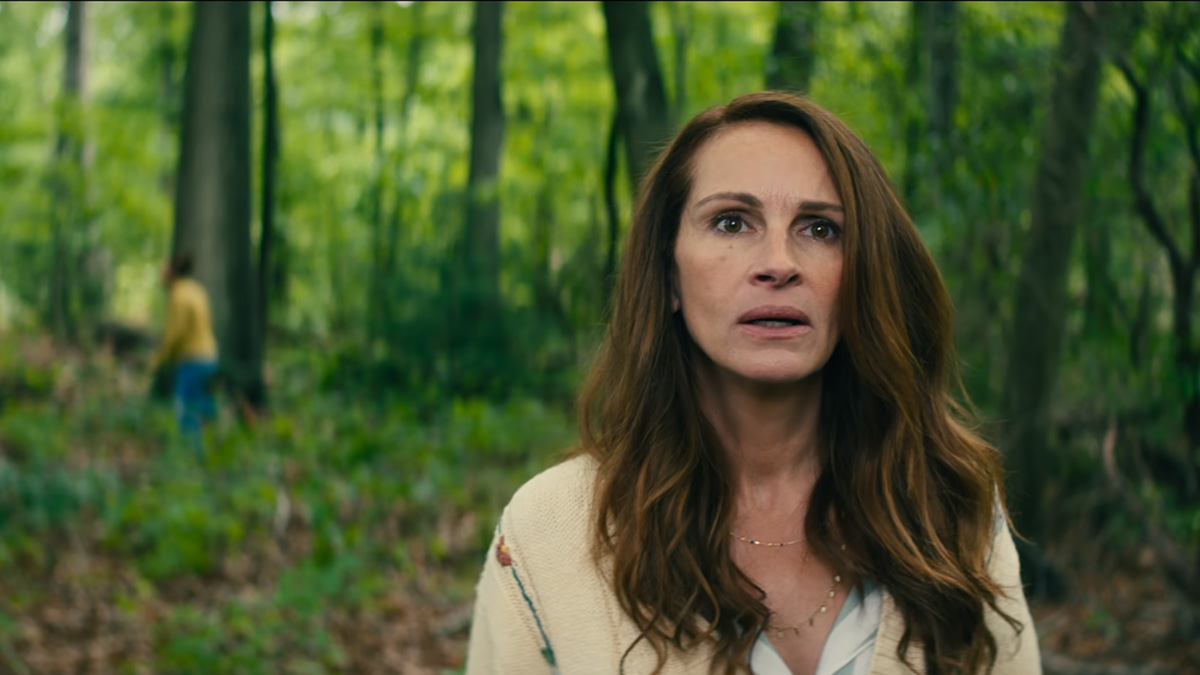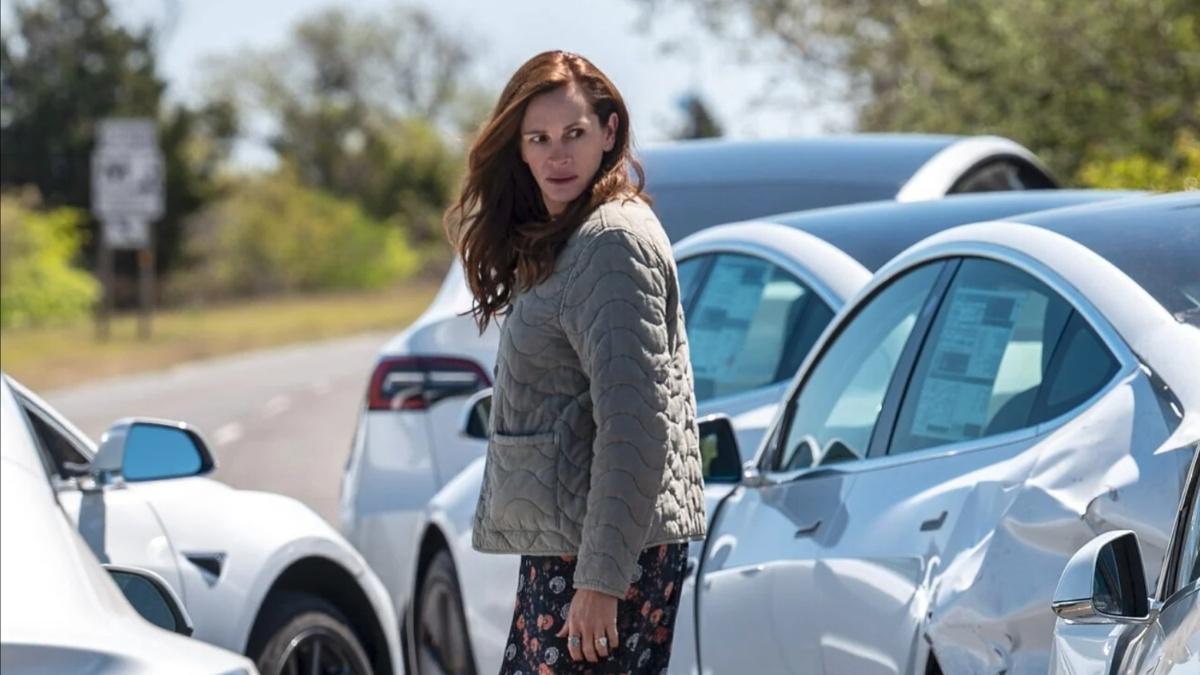Warning: this article contains spoilers for Leave the World Behind
Leave the World Behind has fast become one of Netflix’s most successful original releases. Director Sam Esmail’s post-apocalyptic psychological thriller has a stellar cast, an intriguing premise, and even a throwback to Friends.
Once the action starts it’s impossible to take your eyes off the screen. It also deals with prescient topics like the spread of conspiratorial thinking to our ever-growing reliance on the internet as a tool for communication.
As the film’s popularity grows among audiences (but not so much with critics), viewers are wondering if it’s an original concept, or if Leave the World Behind follows in a great tradition of brilliant movies inspired by literature. And, if the Julia Roberts flick is based on a novel or story, how similar is it to its source material?
Is Leave the World Behind based on a book?

Yes, Leave the World Behind is based on Rumaan Alam’s 2020 book of the same name. Alam, whose parents emigrated from Bangladesh to the States in the seventies, had written two books prior to Leave the World Behind, That Kind of Mother and Rich and Pretty.
Although Leave the World Behind came out during the peak of the COVID crisis and many of its themes parallel what a lot of people were going through, the book was written before the pandemic hit. So, no, Alam isn’t a psychic, just a pretty good writer.
Leave the World Behind is by far Alam’s most successful book. Upon its release it was critically acclaimed, and was a finalist for the prestigious National Book Award, losing out to Interior Chinatown by Charles Yu. The novel was praised for the way it handled class and race issues, and its investigations into how they may affect those in a post-apocalyptic landscape.
What are the differences between Leave the World Behind and the book it’s based on?

On The Big Picture podcast director director Sam Esmail admitted that he doesn’t like adapting things on a “one-to-one” basis:
“When you think about it in terms of — especially if you go into a cinematic medium — you have to recontextualise it. You have to figure out a different way to mine the same character, the interior lives of these characters, or the visual language of the book. You have to find a way to reconstruct it. If you do this one-to-one thing, I think nine times out of 10 you’re gonna fail”
One of the biggest discrepancies between the book and the movie is that G.H (Mahershala Ali) and Ruth (Myha’la Herrold) are no longer husband and wife, as they are in the novel. Instead, the pair are a father and his adult daughter.
While this seems like a big deal, plot-wise it doesn’t mean too much of a shift from the book. However, one hugely significant change is the ending. In the book, the young Rose (or Rosie, played by Farrah Mackenzie) gathers supplies from an abandoned home before attempting to return to her family, with it being left on a cliffhanger whether or not she makes it.
However, in the film, Esmail gives the final act a comedic twist: while looking for supplies Rose finds an old DVD of Friends which she had been streaming before the wi-fi was shut off. Desperate to watch the finale, she settles down to watch it, fulfilling a desire she’d had since near the beginning of the film.
Esmail revealed he discussed all of his ideas with Alam, as well as former president Barack Obama, whose production company financed the film. While Obama was said to have replied with detailed notes, Alam was hands-off, and has said to Variety that he enjoyed the comedic ending and found it “rewarding.” A nice ending in more ways than one!

